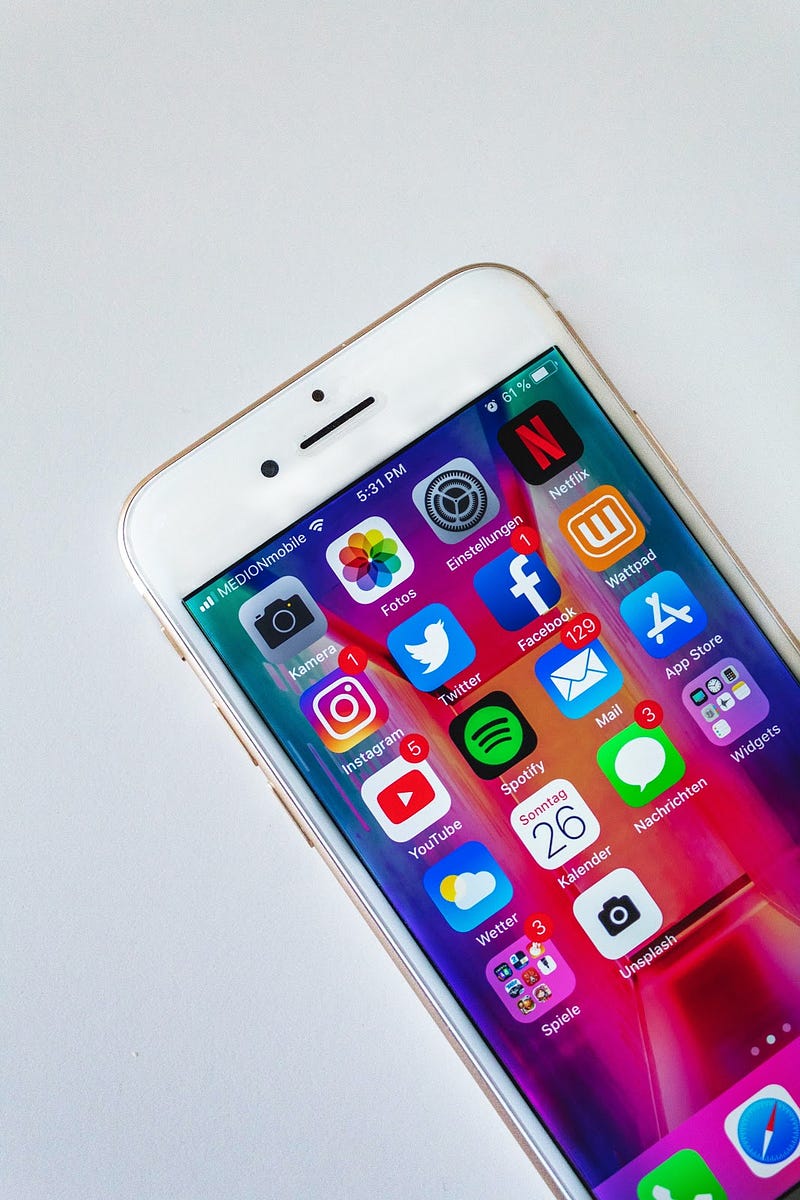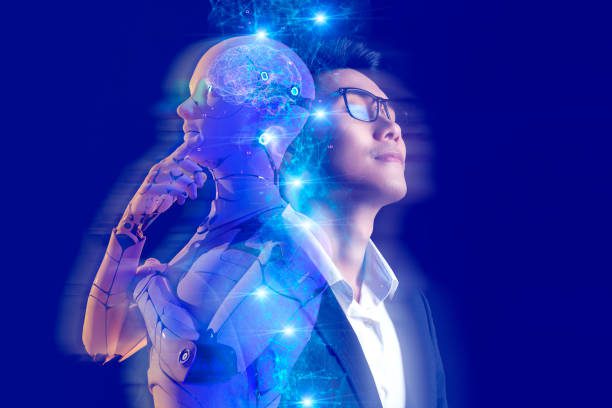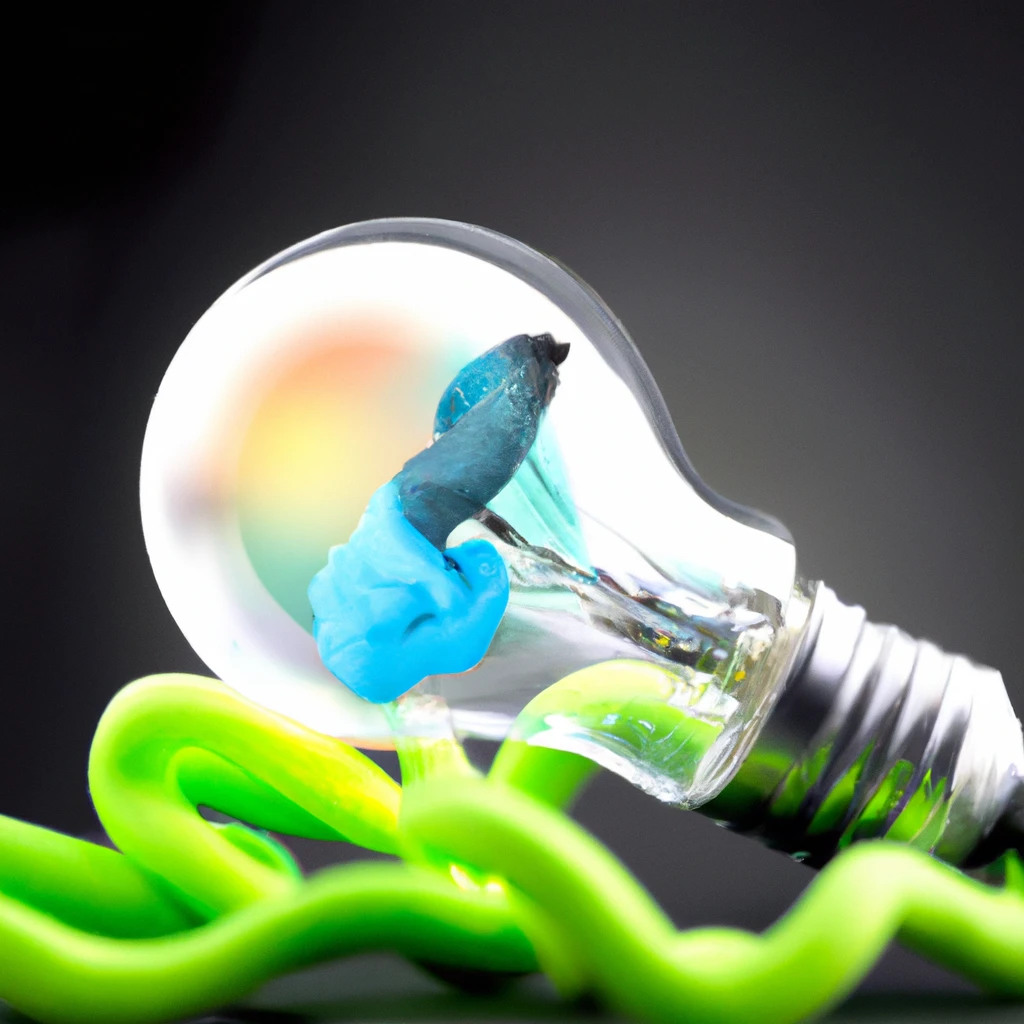So, how to survive quarantine? The year 2020 was expected to be the “birth of new technologies” but everyone seemed to have taken a few steps backyards after worldwide quarantine was implemented.
DARQ was one of the technologies expected to integrate on priority. It stands for Distributed ledger technology (such as blockchain), Artificial intelligence (AI), Extended reality (including virtual and augmented reality), and Quantum Computing. But all of the sudden there was an outbreak in Wuhan, China. Before the pandemic happened, the rest of the world’s businesses were still operating and the daily exchanging was functioning.
The pandemic has pushed leaders to make difficult decisions. These include the implementation of quarantine protocol, suspension of businesses, and border controls. Hundred years ago, a pandemic has already struck the nation in horror. The Flu Pandemic, which happened in 1918 was considered as the most severe pandemic in history because it lasted for five years. It was caused by the H1N1 virus with genes of avian origin.
So, here are the 10 technologies that help how to survive quarantine.
How to Survive Quarantine With Computer-based Technology
A computer-based technology facilitates the sharing of ideas, thoughts, and information through the building of virtual networks and communities. By design, social media is internet-based and gives users quick electronic communication of content. During the isolation, people are expected to stay at home and no one should go out or do social gatherings. Everyone is expected to have a social distance. In the first days or weeks, the isolation is quite manageable physically and mentally. But after that, a human being is expected to feel anxious, depressed, and at an edge every time. Social media platforms help everybody cope by communicating with their loved ones and friends. Not just that, but Social media platforms gave way for businesses to advertise and endorse products online. This helps us to do our shopping though we are still at home. Online shopping is observed even before the Pandemic. But not all are aware and engage in it. But during the Quarantine, most of the people used and engaged in online shopping.
Internte of Things (IoT)
The growth of new technologies and the Internet of Things (IoT) will promote logistics service providers and shippers to increase the adoption of mobile apps. Logistics businesses can pull information and capabilities via an app to manage capacity and satisfy demand. With the help of these new logistic apps, there is no need for us to go to different logistic offices or call them to check our orders or packages. It enables us to track and check our parcels directly from the comfort and safety of our homes.
EDI
Also known as a subcomponent of Electronic Data Interchange (EDI), e-commerce payment systems have become increasingly popular due to the widespread use of internet-based shopping and banking. Credit cards remain the most common forms of payment for e-commerce transactions. During Quarantine, most of the banks are limited to their office hours. The use of online banking is one of the great ways to continue working with different businesses. It enables payment easily and conveniently.
 Virtual Communication
Virtual Communication
We define virtual communication as a mode of communication that includes the use of technology. This are the audio and video to communicate with people who are not physically present in front of us. People can be in the next room, another floor, in the neighborhood, or even miles away. During these times, we are temporarily transitioning our jobs to “Work from Home” set up.
How to survive quarantine with virtual communication:
Instead of going to an office and rendering work. Companies are convinced to have their employees conduct work on the comfort and safety of their homes. This is to observe the “Stay at home” policy implemented during the Pandemic. By the use of different Virtual Communication software, we can render work. It means we are not only earning but we also help our economy survive during the crisis. On the other hand, students especially children and teenagers are not allowed to be in public. The Department of Education governed the use of different online class platforms. These platforms help to conduct classes and continue the learning of the young ones.
Virtual Reality (VR)
Virtual Reality (VR) is the use of computer technology to create a simulated environment. By simulating as many senses as possible, such as vision, hearing, touch, even smell, the computer is transformed into a gatekeeper to this artificial world. One example of it is the so-called Virtual Tour. It is a simulation of an existing location, usually composed of a sequence of videos. Several types of such tours exist, including simple options such as interactive floor plans, and more sophisticated options. 3D virtual tour technology has been increasingly used in the documentation and preservation of historic sites. In this time, one of the industries that benefited from this technology is the Real Estate. Instead of going to the property and checking the building, Realtors embrace the possibility of using a Virtual tour. This helps the Real Estate businesses stay in progress though everybody is staying at home. And also processing the paperwork is made easy by the use of online platforms. Though we are in a Pandemic, we can still plan, choose, and buy the dream house we are aiming for.
Cellular tech
Cellular technology is what mobile phone networks are based on, and it’s the technology that gave mobile phones the name “cell phones”. Cellular technology refers to having many small interconnected transmitters as opposed to one big one. Not everyone is equipped and knowledgeable about the internet. Other remote areas don’t have the capability of connecting with the internet. Instead of using the internet, they used “Cellphones” to communicate with others. A mobile phone, cellular phone, cell phone, cellphone, or handphone, sometimes shortened to simply a mobile, cell, or just phone, is a portable telephone that can make and receive calls over a radio frequency link while the user is moving within a telephone service area. The radio frequency link establishes a connection to the switching systems of a mobile phone operator, which provides access to the public switched telephone network (PSTN). Modern mobile telephone services use cellular network architecture and, therefore, mobile telephones are called cellular telephones or cell phones in North America. In addition to telephony, 2000s-era mobile phones support a variety of other services, such as text messaging, MMS, email, Internet access, short-range wireless communications (infrared, Bluetooth), business applications, video games, and digital photography. Mobile phones offering only those capabilities are known as feature phones; mobile phones which offer greatly advanced computing capabilities are referred to as smartphones.
Radio waves
are a type of electromagnetic radiation best-known for their use in communication technologies, such as television, mobile phones, and radios. These devices receive radio waves and convert them to mechanical vibrations in the speaker to create sound waves. Finally, technology is used to advance techniques in massage therapy. To heal chronic pain, radio wave technology can be used in addition to traditional massage techniques. Here, a machine is used to heat a small part of the nerve tissue which helps eliminate pain. Naturally occurring radio waves are made by lightning or by astronomical objects. Artificially generated radio waves are used for fixed and mobile radio communication, broadcasting, radar and other navigation systems, communications satellites, computer networks, and innumerable other applications. During a Quarantine, others who are living in remote areas use television as a means of communication and entertainment.
Android Technology
Android is a mobile operating system developed by Google. It is based on a modified version of the Linux kernel and other open-source software and is designed primarily for touchscreen mobile devices such as smartphones and tablets. It is a mobile operating system developed by Google. It is used by several smartphones and tablets. The Android operating system (OS) is based on the Linux kernel. Unlike Apple’s iOS, Android is open-source, meaning developers can modify and customize the OS for each phone. Since Android is an operating system, its purpose is to connect the user and the device. For example, when a user wants to send a text, Android provides the user with a button to tap. When the user taps the button, Android directs the phone to send the text. Nowadays most of us own a smartphone and most of the common operating systems are Android. This type of device is like all in one pack. From calling, texting, calendar, calculator, and other personal needs we have it. And not to mention the ability to browse the internet and even download mobile games.
Computer technology
correlates with information technology and is used for the study of computers, networks, computer networks, etc. It encompasses a developing list of different software programs and devices. It includes programming, networking, database design, and development to ensure that computers work properly. Others may be using Mobile phones or Smartphones but others also used a (PC) or Personal Computers. A personal computer (PC) is a multi-purpose computer whose size, capabilities, and price make it feasible for individual use. Personal computers are intended to be operated directly by an end-user, rather than by a computer expert or technician. Unlike large costly minicomputers and mainframes, time-sharing by many people at the same time is not used with personal computers. It is where you can mostly do everything. You can communicate using computers through the use of the internet, can watch movies, play games and even do online shopping. You can have your own world and explore anything as long as you have a reliable internet connection.
Vehicle Technology
Technology
including vehicle−related mechanical and transportation engineering. Transportation engineering or transport engineering is the application of technology and scientific principles to the planning, functional design, operation and management of facilities for any mode of transportation to provide for the safe, efficient, rapid, comfortable, convenient, economical, and environmentally compatible movement of people and goods transport. Especially during the Quarantine though we are asked to stay at home we need to go out and buy supplies for our family. Before the Pandemic having no car or personal transportation at all is fine. Because we rely mainly on public transportation especially in rural areas. Mostly when you go to urban areas you can see that most people acquire their car. And to mention the “Social Distancing” that we need to follow. Riding in public transportation is not an option right now. We need to make sure not just for safety but for the safety of our family. Since the Pandemic is highly contagious.
Speaking of pandemic, can you imagine if another pandemic that is even more severe occurs again the near future? Do you think an apocalypse is near? Why don’t you read our blog about Solein and how it will help us survive the future even without meat-based product.

















